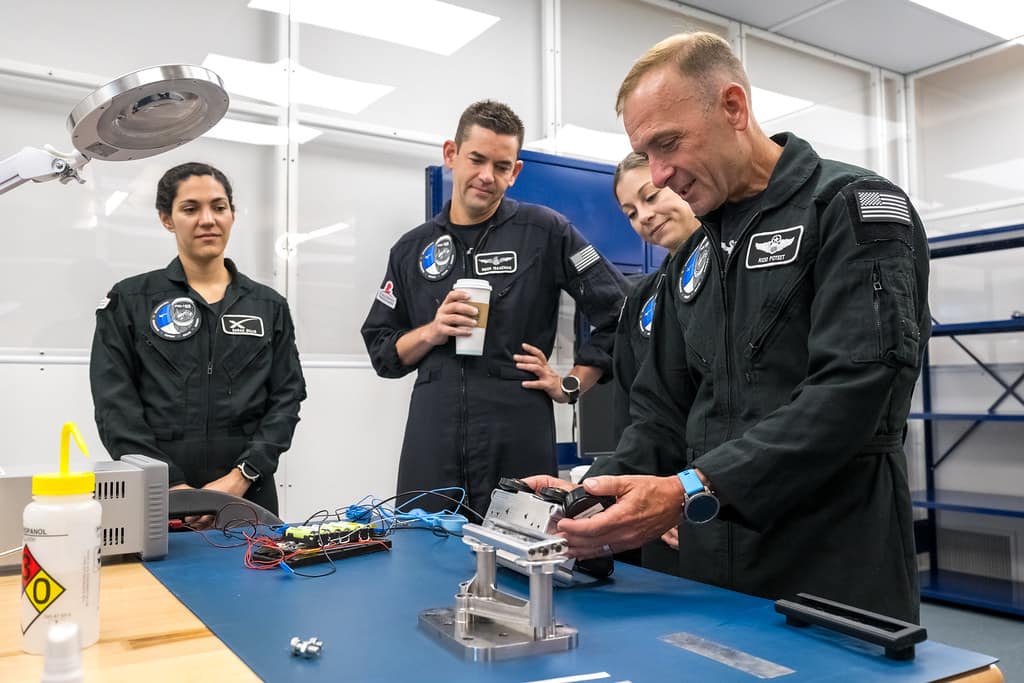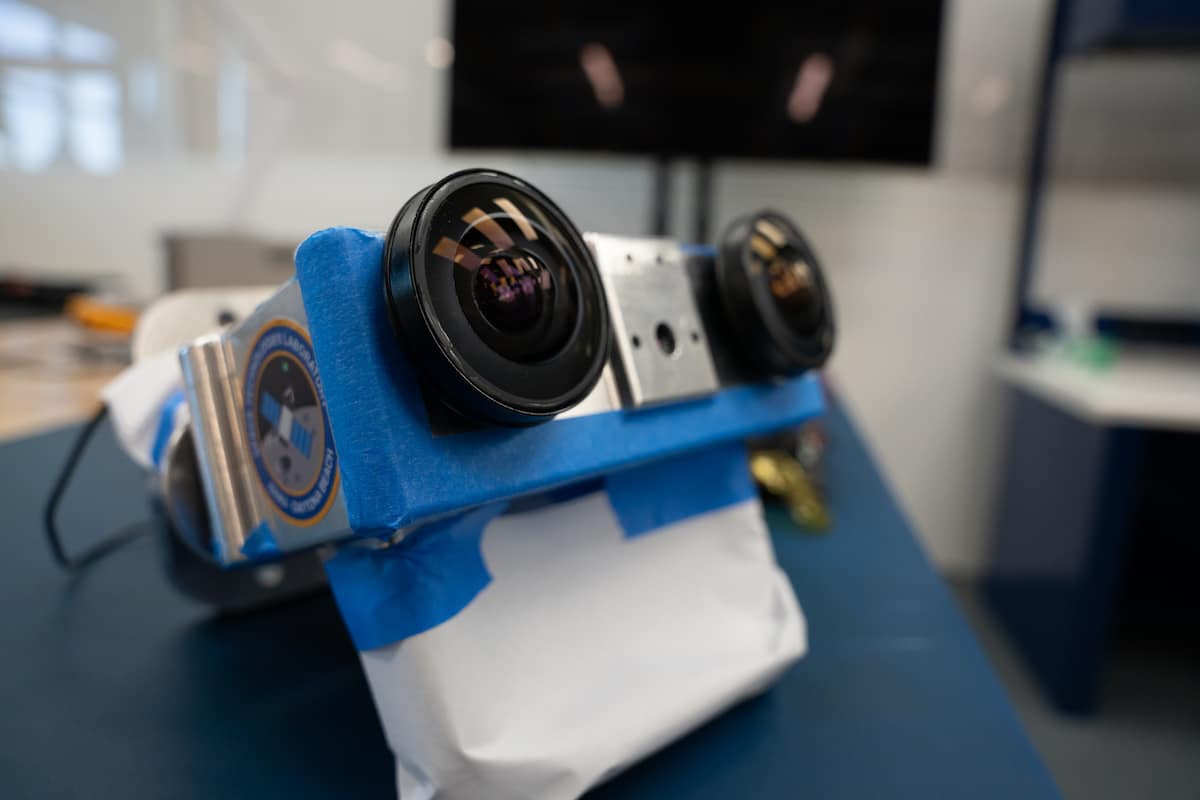Polaris Dawn Mission Carries Two Embry-Riddle Projects Aboard

A multi-camera system developed by Embry-Riddle Aeronautical University researchers is flying aboard the Polaris Program's Polaris Dawn mission, which launched this morning from Launch Complex 39A at NASA’s Kennedy Space Center in Florida. The mission is led by Embry-Riddle Aeronautical University alumnus Jared Isaacman ('11).
The camera system, known as LLAMAS, was delivered to the Polaris Program and SpaceX on Aug. 20, 2024. The LLAMAS camera will be mounted to the Dragon spacecraft where final integration testing has been successful, according to Dr. Troy Henderson, Embry-Riddle’s Space Technologies Lab director and associate professor of Aerospace Engineering.
Embry-Riddle’s involvement in Polaris Dawn, the first of three human spaceflight missions of the Polaris Program, began in 2022 and provided an opportunity for students to collaborate with Polaris Dawn to develop a camera system — completely designed and built by students — that will capture video of crew operations during the mission. The images retrieved after the flight will be used to create virtual reality experiences, and the LLAMAS camera will also provide data on the temperature and radiation effects experienced throughout the mission.

The LLAMAS camera will shoot video of crew operations. (Photo: Embry-Riddle/David Massey)
During the mission, which will last up to five days, the Polaris Dawn crew will participate in first-of-their-kind flight objectives, including a high-altitude orbit to assess the effects on human health of the Van Allen radiation belt, as well as the first-ever spacewalk by commercial astronauts and first-ever from the Dragon spacecraft.
To assess the influence of these mission objectives on human health, Dr. Amber Paul, assistant professor in Embry-Riddle's Department of Human Factors and Behavioral Neurobiology, and her Omics Lab for Health and Human Performance will process biospecimens collected from the crew. In collaboration with Weill Cornell Medicine and the Ottawa Hospital Research Institute, an evaluation of the effects of high-altitude spaceflight on cellular and molecular systems influencing human physiology will be performed.
The unique mission objectives of high-altitude and extravehicular activity will enhance the understanding of the human health effects of cosmic radiation and microgravity, Paul said.
“We are grateful to be part of these important scientific questions,” she said. “These are questions that will advance our understanding of human capabilities in extreme conditions, paving the way for future innovation and exploration.”
The Polaris Program aims to demonstrate new technologies and conduct extensive scientific research to expand knowledge about human health during spaceflight and on Earth.

 Michaela Jarvis
Michaela Jarvis